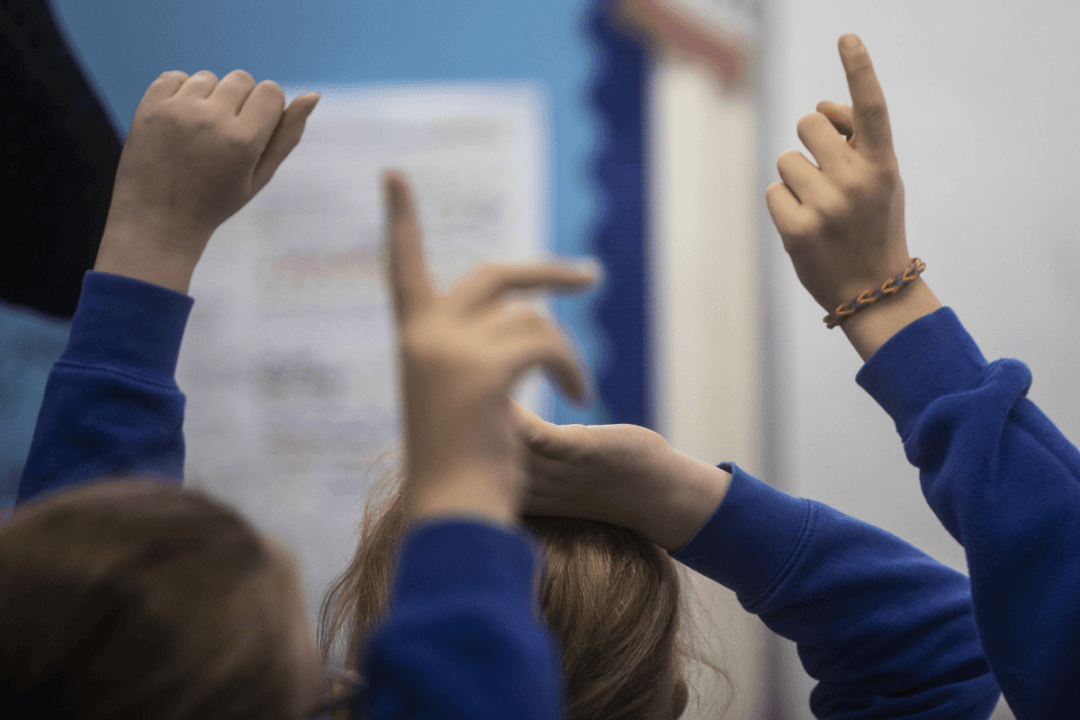A new study by the Fraser Institute shows that in most provinces, spending on education has gone up over a nine-year period.
“Contrary to what we often year, spending is on the rise in public schools across Canada, and in most cases, it’s outpacing inflation and enrolment changes,” said Michael Zwaagstra, senior fellow with the Fraser Institute and co-author of the report “Education Spending in Public Schools in Canada, 2023.”





